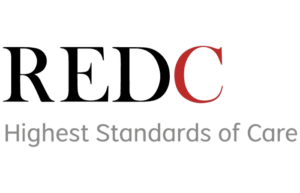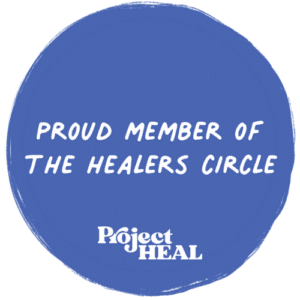Eating disorders can significantly impact your overall health and well-being, but did you know that they can also greatly affect your skin? Eating disorders such as anorexia or bulimia can cause many skin issues, from acne to hair loss.
Let’s review some of the most common skin problems that can occur due to eating disorders and discuss what you can do to help reduce their effects. By understanding the impact of eating disorders on your skin, you can take steps towards a healthier, happier you.
Overview of the Integumentary System
It’s helpful to understand the many roles the skin plays in our bodies and why it is vital to maintain healthy skin. The integumentary system is the largest organ in the body. It consists of the skin (dermis and epidermis), the hypodermis, hair, nails, and exocrine glands. The functions of the integumentary system include:
- Immunity
- Regulation of body temperature
- Sensation
- Vitamin D synthesis
- Wound healing
Although these different parts of the integumentary system all play a role in how the organ functions, we will focus mainly on the skin and how eating disorders affect that part of the system.
The skin tells us so much about our health. The way your skin looks reflects your habits. Healthcare professionals can even diagnose diseases based on the skin’s appearance.. Signs of an eating disorder that show up through the skin are mainly the result of malnutrition, starvation, or self-induced vomiting.
Effects of Anorexia on the Skin
Dehydrated skin (xerosis) occurs in as much as 70% of people with an eating disorder. This correlation is due to decreased sebum production. Sebum is the waxy, oil-like substance that coats and moisturizes your skin.
Itching (pruritus) is often caused by the excessive dryness of the skin that results from malnutrition, but in some cases, it can be a sign that other organs aren’t working correctly.
Furry skin (lanugo) develops as the malnourished body tries to keep itself warm. These soft, fine hairs grow on different areas of the body, like the back, the face, and the arms.
Bluish-colored hands and feet (acrocyanosis) occur as the blood vessels in the hands and feet constrict to keep the body warm. This condition can also include very pale skin on the rest of the body.
Yellow discoloration (carotenemia) occurs when beta-carotene levels in the blood are too high. These levels increase when there is insufficient fat in the body to store beta-carotene.
Purple spots (purpura) occur when blood vessels break under the skin. This condition is a severe sign that starvation has affected your bone marrow.
Effects of Bulimia on the Skin
Calluses (Russell’s sign) form on the knuckles as the skin gets repeatedly damaged when it hits the teeth during self-induced vomiting.
Acne can appear with any eating disorder due to the hormonal changes that occur. As nutrition improves, hormones will begin to shift again, and you may experience acne during recovery, also.
Recovery and Healing the Skin from Within
The effects of eating disorders on the skin are significant but don’t despair. These effects are reversible. Proper nutrition and hydration are vital to helping the body recover from these negative changes. As nutritional intake improves, these skin symptoms will disappear.
Recovery and healing of the skin take time. If symptoms like dryness, itching, or acne make you uncomfortable, you can consult a dermatologist who may recommend topical treatments. But ultimately, it is the restoration of adequate nutrition that will help the skin symptoms to resolve.
Some of the effects eating disorders have on your body can be scary. You are not alone, and help is available. If you notice these skin signs in yourself or your loved one, find the location nearest you to get the help you or your loved one needs.
References
https://www.ncbi.nlm.nih.gov/books/NBK554386/
https://pubmed.ncbi.nlm.nih.gov/34142354/
Author Bio:
Kate Delaney Chen, BSN, RN-BC is a healthcare writer and registered nurse with over 17 years of bedside experience. She specializes in Psychiatric Nursing and Nephrology and currently works at a nationally recognized inpatient Eating Disorders Program.






